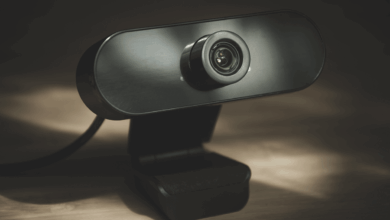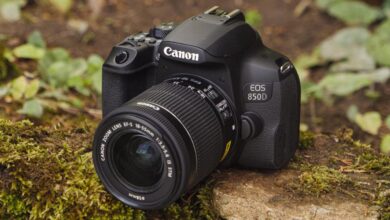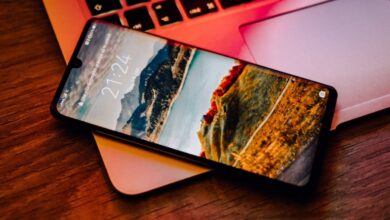Best Analog Cameras for Every Skill Level
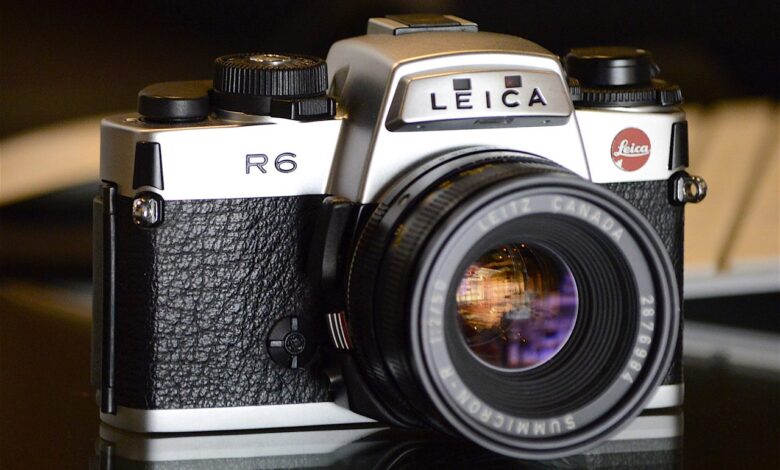
Embracing the Timeless Magic of Film Photography
In a hyper-digitalized world saturated with instant results and endless pixels, the deliberate, tactile, and deeply rewarding process of film photography has experienced a profound and entirely deserved cultural resurgence among artists and enthusiasts alike.
Choosing to shoot analog is far more than a nostalgic trend; it is a conscious commitment to slowing down the creative process, honing fundamental photographic skills, and embracing the unique, inimitable aesthetic character that only genuine film grain and chemical processing can authentically deliver.
Navigating the extensive, often confusing landscape of vintage cameras—which encompasses everything from robust professional workhorses to simple, charming point-and-shoots—requires a clear understanding of your personal goals, desired format, and mechanical aptitude.
A successful analog journey depends entirely on matching the right camera, with its distinct features and inherent limitations, to the specific artistic vision you aim to realize and the level of control you wish to exert over the image-making process.
Therefore, this guide is meticulously crafted to break down the best analog camera recommendations across essential categories, ensuring that your first, or next, investment in a film camera is both informed, enduring, and ultimately inspiring for your unique creative journey.
Pillar One: Entry-Level 35mm SLRs for Beginners
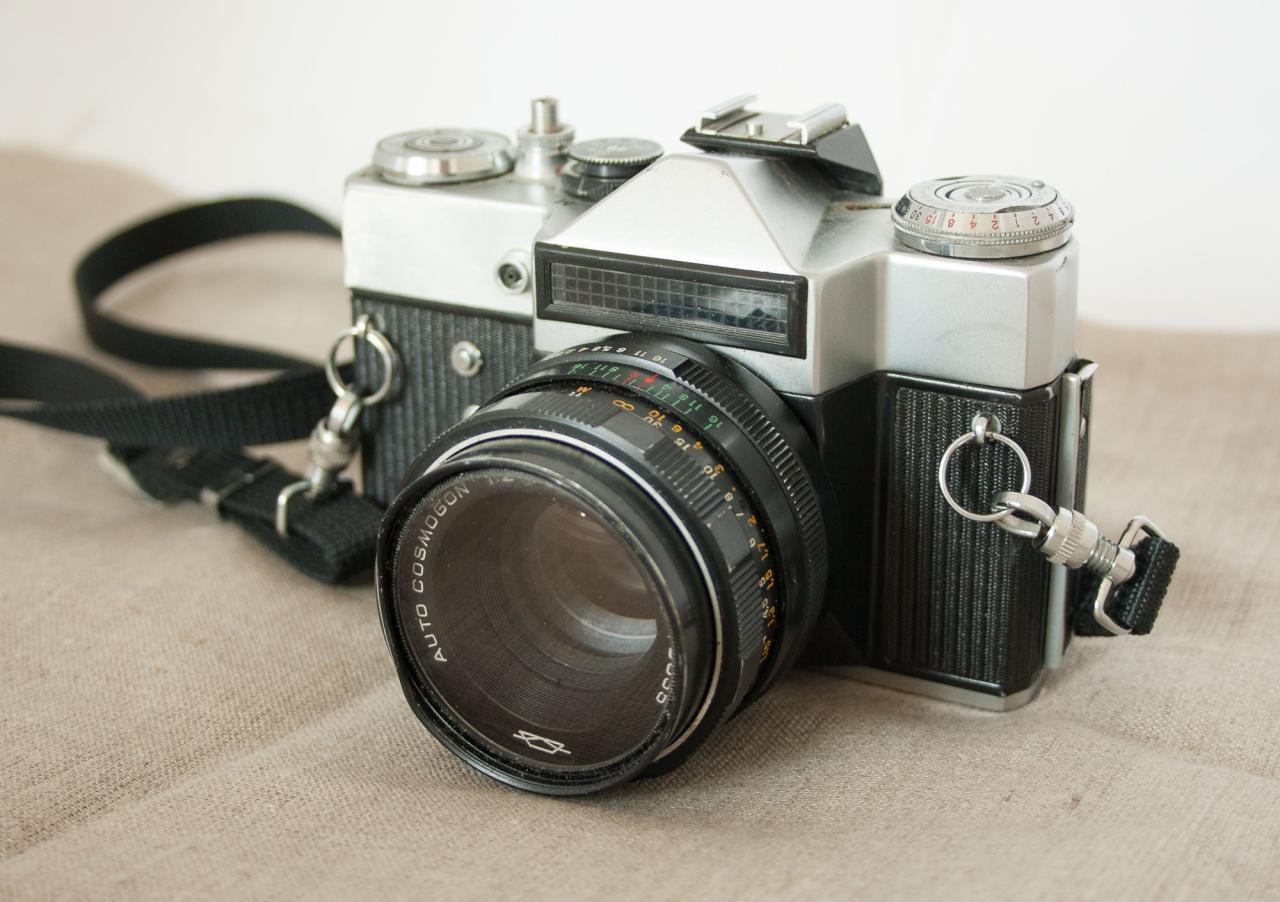
The Single-Lens Reflex (SLR) camera is the ideal starting point for new film photographers, offering manual control, interchangeable lenses, and a direct view through the lens.
A. The Reliable Workhorse (e.g., Canon AE-1 Program)
The Canon AE-1 Program is universally recommended as an excellent, highly reliable entry point for any photographer new to film.
It offers both full manual exposure control and an easy-to-use Program Mode, simplifying the learning curve for absolute beginners.
The camera utilizes the vast, highly accessible Canon FD lens mount, providing an enormous and affordable range of high-quality vintage glass to choose from readily. Its clear, bright viewfinder makes manual focusing simple, which is a crucial skill for all aspiring analog shooters to master early on.
The AE-1 Program is widely available, relatively affordable, and backed by a large community of users and repair technicians, ensuring long-term usability.
B. Best for Pure Manual Learning (e.g., Pentax K1000)
The legendary Pentax K1000 is often cited as the ultimate teaching tool in film photography schools worldwide, due to its purely mechanical simplicity.
This camera operates entirely manually, lacking complex automatic modes, forcing the photographer to master the fundamental exposure triangle of aperture, shutter speed, and ISO. Its rugged, minimalist construction means it is highly durable and less prone to the electronic failures that plague more complex models with age.
The Pentax K-mount offers a huge library of exceptional and often surprisingly inexpensive manual-focus prime lenses to enhance the educational process.
The K1000 represents a clean, focused, and profoundly effective way to develop true confidence in manual exposure setting and light metering.
C. The Metering Expert (e.g., Olympus OM-1)
The Olympus OM-1 is prized for its compact size, exceptionally bright viewfinder, and its highly accurate, sensitive exposure metering system. It introduced a revolutionary compact design for the SLR format, making it far lighter and more portable than its contemporary competitors.
The camera’s stunningly quiet mechanical shutter makes it a favorite among street and documentary photographers who require discretion and minimal distraction.
The Zuiko lenses designed for the OM system are renowned for their exceptional optical sharpness and beautiful, unique character.
The OM-1 is a fantastic choice for photographers prioritizing a smaller profile without compromising full manual control or excellent viewfinder clarity.
Pillar Two: Advanced 35mm Rangefinders and SLRs
These recommendations cater to experienced enthusiasts and professionals seeking ultimate image quality, enhanced portability, advanced features, and faster performance in their 35mm systems.
A. The Portable Professional (e.g., Leica M6)
The Leica M6 is the gold standard of 35mm rangefinder cameras, prized for its compact size, quiet operation, and exceptional optical lens quality.
Its small form factor makes it the ultimate camera for discrete street photography and unobtrusive documentary work in diverse settings globally.
The rangefinder focusing mechanism offers unparalleled speed and accuracy, particularly when shooting with wide-angle to normal focal length lenses.
While significantly expensive, an M-mount camera and lens system represents a profound, highly liquid investment that often appreciates in value over time.
B. Advanced Auto-Focus SLR (e.g., Nikon F100)
The Nikon F100 provides a seamless blend of traditional film mechanics with sophisticated, modern autofocus and metering technology.
This camera is often seen as the last great professional autofocus film SLR, offering speed and reliability comparable to early digital bodies.
It provides advanced metering capabilities and a powerful, multi-point autofocus system that excels at tracking moving subjects accurately.
The F100 utilizes the highly advanced and comprehensive modern Nikon AF lens ecosystem, making it a perfect tool for cross-system shooters.
C. The Intuitive Performer (e.g., Contax G2)
The Contax G2 is a highly unique and revered camera, functioning as an autofocus rangefinder that provides unmatched speed and precise handling.
Its superb Carl Zeiss lenses are optically legendary, producing images known for their stunning contrast, sharpness, and unmistakable three-dimensional “pop.”
The G2 features a significantly faster autofocus system than nearly all other rangefinders, making it surprisingly capable for general-purpose use.
This camera is perfect for the advanced photographer who demands supreme image quality and a highly portable, aesthetically pleasing system package.
Pillar Three: Medium Format Systems for Ultimate Quality
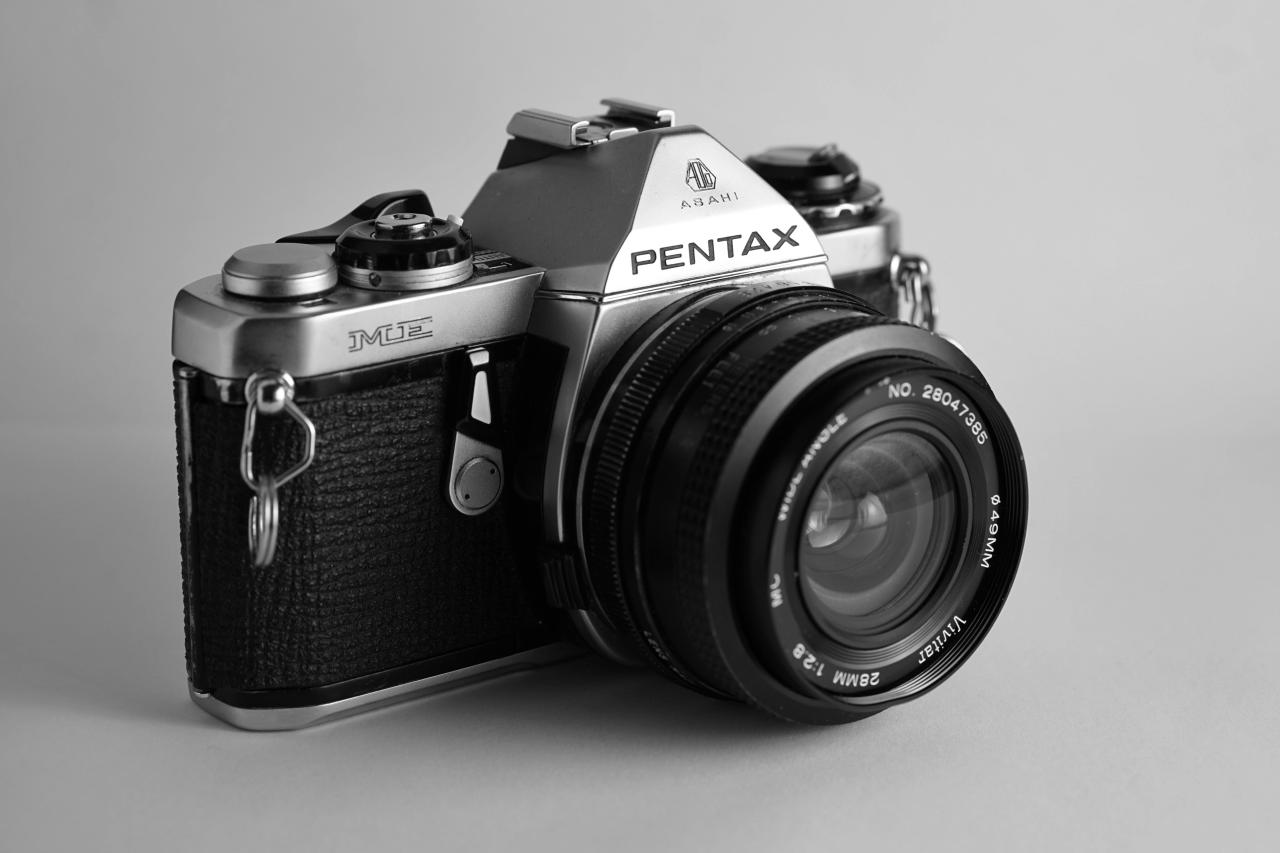
Medium format cameras use film larger than 35mm (typically up to ), offering profoundly superior detail, dynamic range, and tonal depth.
A. The Affordable Entry (e.g., Yashica Mat-124G)
The Yashica Mat-124G is one of the most accessible and highly recommended entry points into the impressive world of Twin-Lens Reflex (TLR) cameras.
TLRs use two lenses, one for viewing and one for capturing the image, which results in a distinct, quiet, waist-level shooting experience.
It produces large square negatives, delivering image quality that is dramatically superior to even the best 35mm film cameras.
The 124G is praised for its sharp optics and surprisingly light weight, making it highly portable for a medium format device.
B. The Modular Workhorse (e.g., Hasselblad 500C/M)
The iconic Hasselblad is the classic, modular medium format system revered by studio and fine art photographers globally.
Its modular design allows for interchanging lenses, film backs, and viewfinders, customizing the system for virtually any photographic task easily.
The Carl Zeiss lenses designed for the Hasselblad V-System are legendary, known for their outstanding optical quality and signature three-dimensional rendering.
Shooting with a Hasselblad forces a deliberate, slow, and highly contemplative approach, making it an exceptional tool for serious, focused artistic creation.
C. The Versatile SLR (e.g., Mamiya RB67)
The Mamiya RB67 is a large, heavy, and professional-grade SLR camera that shoots massive negatives, offering maximum film area.
The “RB” stands for “Rotating Back,” allowing the photographer to instantly switch between horizontal and vertical composition without moving the camera body.
This camera is entirely mechanical, relying on no batteries whatsoever for shutter operation, which ensures absolute reliability in remote locations.
It is an ideal choice for portrait, studio, and landscape photographers who prioritize the absolute highest possible resolution and negative size in their work.
Pillar Four: Critical Considerations Before Buying Analog
Purchasing a vintage film camera involves unique challenges, requiring careful inspection and an understanding of key maintenance and operational differences compared to digital cameras.
A. Assessing Mechanical Condition
Always prioritize the mechanical health of a vintage camera over its cosmetic appearance, as internal mechanics are difficult and costly to repair properly.
Test the shutter mechanism at all speeds, particularly the slow speeds (e.g., or ), to ensure they do not stick or fire incorrectly.
Inspect the film advance lever and rewind mechanism to ensure they operate smoothly without any grating or resistance that suggests internal damage.
Check the lens aperture blades to ensure they snap quickly and cleanly into place when the shutter is fired, which is vital for accurate exposure.
B. Light Seals and Film Compartment
The light seals around the camera back and mirror box are typically made of foam that deteriorates into a sticky mess over several decades of use.
Deteriorated seals allow light to leak into the film compartment, causing unpredictable streaks or fogging on the exposed film during shooting.
Always inspect the seals and budget for a complete seal replacement service, a relatively inexpensive and necessary maintenance step for any old camera.
Check the battery compartment for any signs of corrosion from past battery leaks, which can severely damage the camera’s internal electronics and metering system.
C. Lens Quality and Fungus
Carefully inspect the glass elements of any lens for signs of deep scratches, haze (internal cloudiness), or, most critically, internal fungus.
Fungus appears as a fine, branching, web-like pattern that grows on the glass and can permanently damage the lens coatings and optical clarity.
Always test the aperture ring and focusing helicoid to ensure they move smoothly and consistently throughout their full range without sticking or catching.
The lens is the ultimate determinant of image sharpness and aesthetic quality, often justifying a larger investment than the camera body itself.
D. Understanding Metering Systems
Older cameras often rely on built-in light meters that utilized mercury batteries, which are now environmentally banned and unavailable entirely.
If a camera requires a mercury battery, you must research modern substitutes or adapt the camera to use easily accessible alkaline or silver-oxide batteries reliably.
Be aware that many vintage meters are less accurate than modern digital meters, requiring the photographer to bracket exposures or use an external light meter for precision.
Some purely mechanical cameras, like the Pentax K1000, offer no metering at all, demanding a fully manual approach to external light metering.
Conclusion: Commitment to the Analog Process
Choosing an analog camera is a conscious decision to commit to a more deliberate, rewarding, and deeply engaged photographic practice that eschews modern convenience.
You must embrace the inherent limitations of film—the restricted number of frames, the slower workflow, and the delayed gratification—as the essential forces that will truly refine your vision.
The camera is merely a precise light-tight box; the true investment and creative power reside in the quality of the lenses and the patient mastery of the exposure triangle.
By selecting a camera that aligns perfectly with your skill level and creative ambitions, you successfully unlock the timeless, magical aesthetic that only genuine film chemistry can provide.
This journey demands commitment to the process, promising in return unique, tangible prints that possess an unparalleled depth and character that digital photography simply cannot fully replicate.

